When it comes to retirement planning, teachers are often lagging. For many retired educators, relying solely on Social Security to cover living expenses may be a big issue, as it’s stated that approximately 40% of public school teachers do not have this security coverage.
However, there are options available to improve your retirement outlook. Some of them offer attractive tax incentives or generous employer matches.
Here’s a comprehensive guide to the best types of retirement plans for teachers in 2024 and how to determine which one suits your needs best.
This article answers questions like:
- The importance of retirement plans for teachers
- How you can choose the best retirement plan
- How you can start investing in your retirement
- Other support options for retired educators
- Conclusion
Why is a Retirement Plan so Important for Educators?
As the majority of teachers will have to depend on their savings to bridge gaps in their budgets, a retirement plan is crucial for educators for some reasons:
- Tax Incentives: Retirement plans offer tax benefits, such as deductions for contributions or tax-free withdrawals in retirement. These incentives can help educators maximize their savings and minimize their tax burden.
- Employer Contributions: Many retirement plans offer employer matching contributions, meaning the employer will match a portion of the educator’s contributions. This is essentially free money that can significantly boost retirement savings over time.
- Legal Protections: Retirement plans are subject to certain standards and protections by law, providing educators with added security for their savings. For example, retirement funds are often sheltered from creditors up to a certain threshold, offering financial protection.
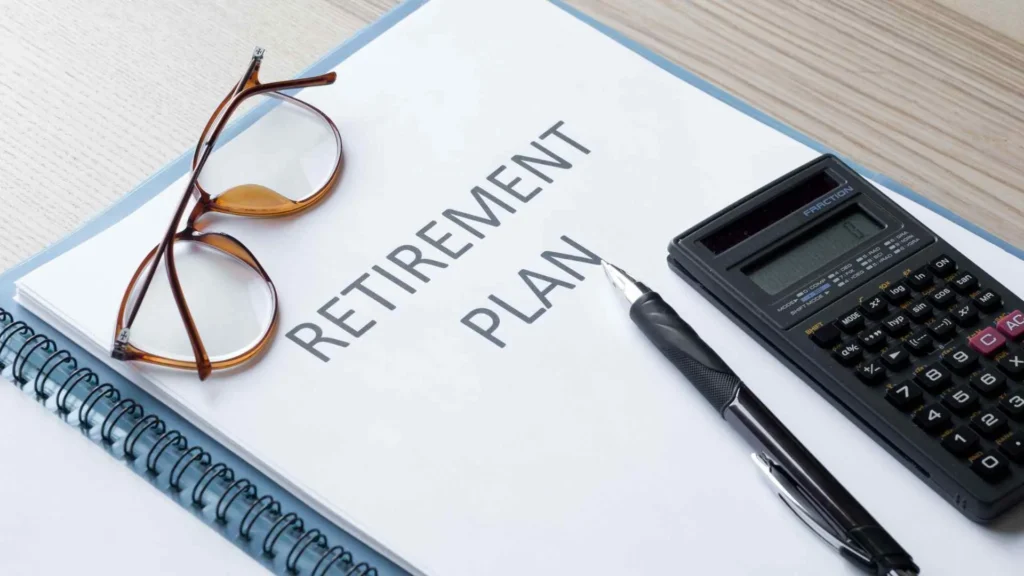
Overall, a retirement plan provides educators with the opportunity to save for their future while taking advantage of tax benefits, employer contributions, and legal protections, ensuring financial security in retirement.
Best Employer Sponsored Retirement Plans vs. Best Individual Retirement Plans for Teachers
When it comes to planning for retirement, teachers have important considerations to make. From employer-sponsored retirement plans offered by educational institutions to individual retirement plans tailored to their specific needs, educators have a range of options to choose from.
We’ll explore the best employer-sponsored retirement plans available to teachers and the top individual retirement plans designed to help educators build a secure financial future.
Whether you’re looking to maximize employer contributions or seeking more flexibility and control over your retirement investments, we’ll provide valuable insights to help you make informed decisions about your retirement savings strategy.
Employer Sponsored Retirement Plans For Teachers
Nowadays, teachers typically have access to various retirement savings options, including pensions, 403(b) plans, and 457(b) plans. These possibilities present valuable opportunities for educators to enhance their retirement savings.
The specific benefit options available may vary based on factors such as the type of educator, state of residence, and length of teaching tenure. It’s advisable to consult with your employer or school district to ascertain the retirement savings options that are accessible to you.
It’s crucial for an educator to thoroughly comprehend their respective benefits before enrolling in any of the programs listed below. Depending on individual circumstances, exploring alternative investment options may also be prudent.
401(k)
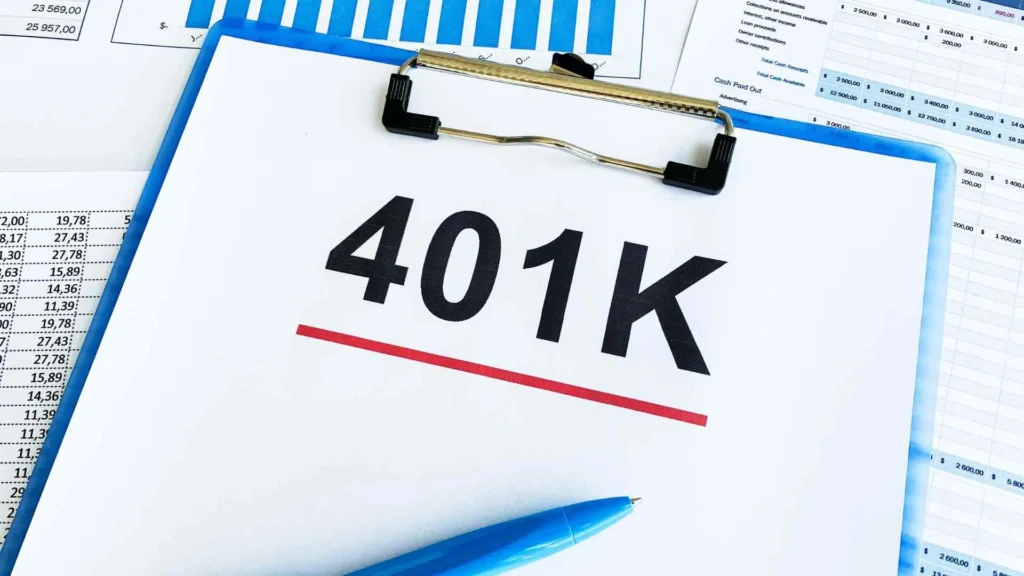
As a teacher, if your school offers a 401(k) plan, you can invest in it with pre-tax dollars. Your investments grow tax-deferred until retirement withdrawals. Some schools may even match a portion of your contributions, providing an added incentive to participate.
As stated by Forbes, in 2023, the contribution limit for 401(k) accounts is $22,500 or 100% of your compensation, whichever is lower. Those aged 50 or older can make catch-up contributions of up to $7,500. Employer contributions do not count toward this limit.
The magazine also highlights that in 2024, the contribution limit is $23,000 or 100% of your compensation, with the same catchup contribution allowance.
Roth 401(k)
Many schools also offer a Roth 401(k) option, where contributions are made with after-tax dollars, and withdrawals in retirement are generally tax-free. While contribution limits are the same as traditional 401(k)s, employer matches are deposited into a traditional 401(k) due to regulations.
The choice between a Roth and a traditional 401(k) depends on your tax outlook: if you anticipate lower taxes now, opt for a traditional 401(k); if you expect higher taxes in retirement, a Roth 401(k) may be preferable.
403(b) Plan
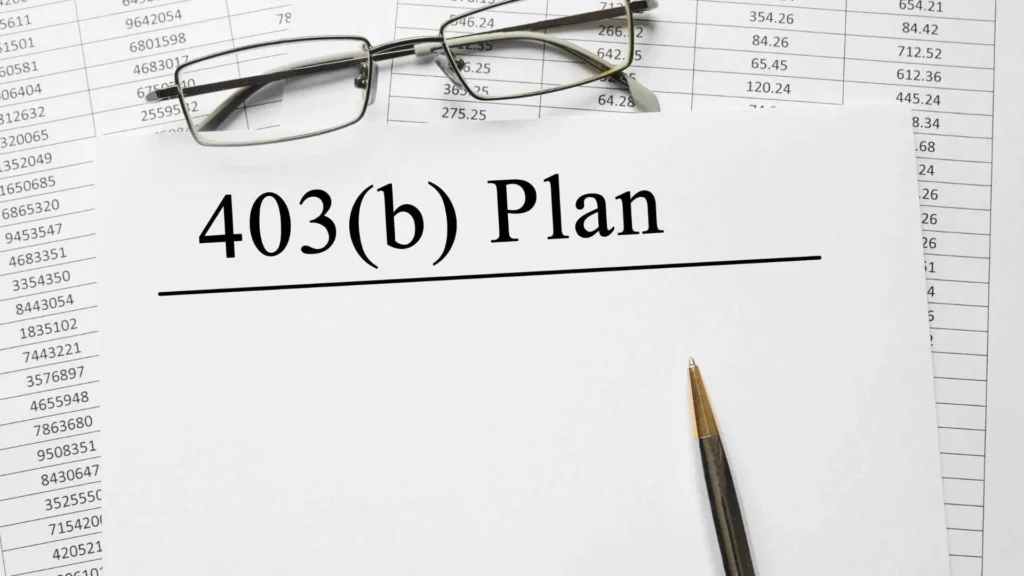
Teachers at public schools or non-profit organizations may have access to the popular 403(b) plan, which allows pre-tax contributions and tax-free growth until retirement. Catchup contributions, up to $7,500 per year, are also available for those aged 50 or older.
In 2023 and 2024, the contribution limits are the same as those for 401(k) accounts. Additionally, long-serving employees may be eligible for bonus catch-up contributions of $3,000 per year, up to a lifetime total of $15,000.
457(b) Plan
Another retirement plan available to teachers is the 457(b), commonly offered by state and local government agencies and certain nonprofits. Contributions to the 457(b) plan are deducted directly from your paycheck and grow tax-free within the account. Similar to 403(b) plans, you may have the option to contribute to either a traditional or Roth 457(b) account.
While employers have the choice to contribute to their employees’ 457(b) accounts, many opt not to do so. Consequently, teachers may find themselves solely responsible for funding their retirement savings through a 457(b) plan.
One notable difference between the 457(b) and other retirement plans is the rules governing withdrawals. Accessing funds from a 457(b) account while still employed by the sponsoring organization is typically challenging, regardless of age.
However, once you have left your job, you can withdraw funds from the 457(b) account without incurring the 10% early withdrawal penalty commonly associated with other retirement plans.
Retirement Saving Options for Educators
Individual Retirement Arrangements, commonly known as IRAs, offer teachers a straightforward way to save for retirement, with relatively few hurdles to get started, as highlighted by USA Today.
Teachers can typically open an IRA as long as they have earned income, even if they already participate in a 401(k) plan or another employer-sponsored retirement account. However, it’s essential to be aware of income limits that may affect deductions for traditional IRA contributions and contributions to Roth IRAs.
Traditional IRA
Similar to a traditional 401(k), a traditional IRA provides an immediate tax deduction for contributions. Withdrawals made after reaching age 59½ are subject to regular income tax, while early withdrawals may incur both income tax and a 10% penalty. The required minimum distributions must commence at age 73.
Educators can contribute up to $7,000 to IRAs in 2024, with an additional catch-up contribution of $1,000 available for savers aged 50 or older.
Contribution deductibleibility may be affected if a workplace retirement plan covers you or your spouse and exceeds certain income thresholds. For 2024, the deduction for contributions begins to phase out for modified adjusted gross incomes above $77,000 for single filers and $123,000 for married couples filing jointly.
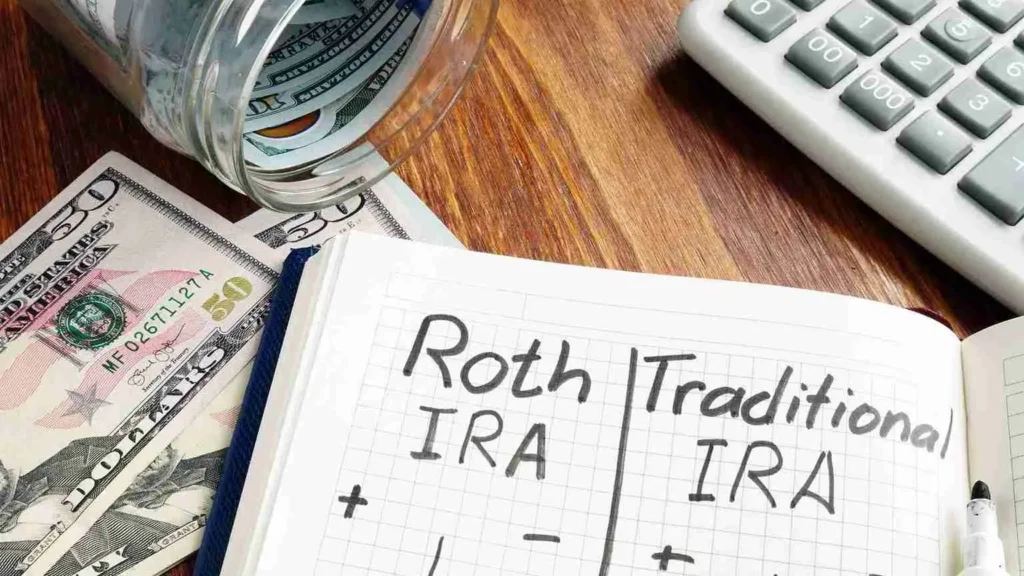
Roth IRA
While Roth IRAs do not offer upfront tax deductions on contributions, withdrawals during retirement are typically tax-free. Additionally, because taxes are paid on contributions upfront, you can withdraw your contributions at any time without facing taxes or penalties. However, early withdrawals of earnings may be subject to income tax and a 10% penalty.
Contribution limits for Roth IRAs mirror those of traditional IRAs, but higher earners may be ineligible to contribute. In 2024, eligibility to contribute to a Roth IRA begins to phase out at modified adjusted gross incomes of $146,000 for single filers and $230,000 for married couples filing jointly.
Contributions are entirely phased out at incomes of $161,000 and $240,000, respectively.
How to Start Investing in Your Retirement
As soon as you understand that investing in your retirement is crucial for securing your financial future, you prioritize the importance of saving for the time to come. If you want to know a great way to get started, here are some steps to begin a worthwhile journey preparing yourself to live the best in your retirement:
- Understand the Importance: Recognize the significance of having money set aside for retirement. Investing in a retirement plan early can significantly increase your financial security during your retirement years.
- Explore Retirement Account Options: Research different types of retirement accounts available to you, such as employer-sponsored plans like 401(k)s or individual retirement accounts (IRAs). These accounts offer various tax advantages and investment options.
- Choose Your Investments: Once you’ve opened a retirement account, choose your investments based on your risk tolerance and retirement goals. Many retirement plans offer a range of investment options, including target-date funds, which automatically adjust your asset allocation based on your expected retirement date.
- Start Saving Early: The earlier you start saving for retirement, the more time your investments have to grow. Thanks to the power of compounding interest, even small contributions can make a significant impact over time.
By taking these steps to start investing in your retirement, you can take control of your financial future and work towards a more comfortable and secure time.
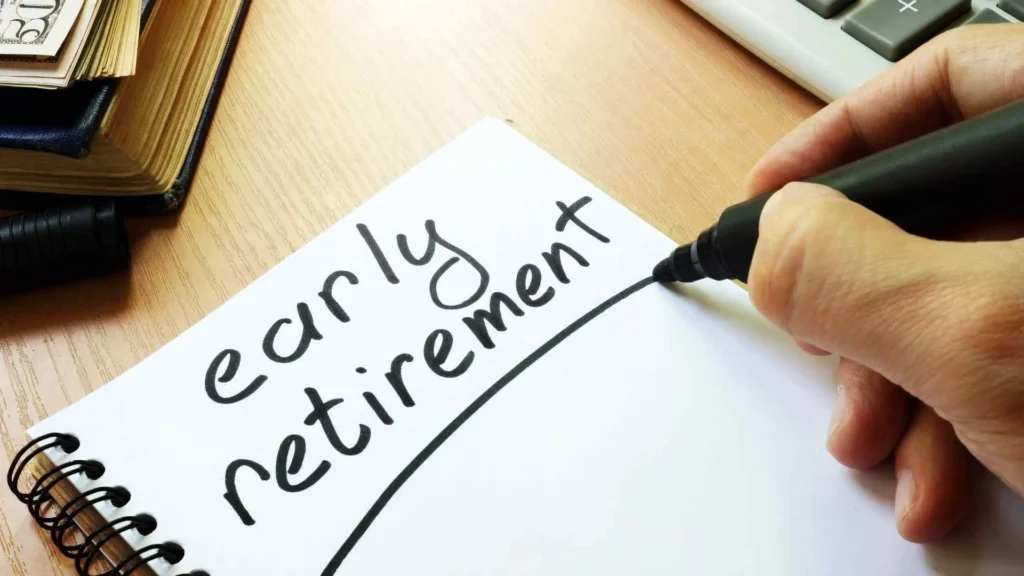
Challenges Faced by Teachers When Planning for Retirement
Retirement planning is a significant effort for employees in the education sector, as retiring comfortably on their salaries with modest incomes is increasingly challenging for teachers today.
As reported by the United States Census Bureau, despite being among the most educated workforce segments, teachers have experienced a decline in average earnings since 2010. Concurrently, essential expenses like housing and food have seen substantial upticks, with costs rising by 25.7% and 21.2%, respectively, over the same period.
Teachers in public schools encounter primary challenges in their retirement planning, including their attitudes toward saving. They initially have limited options and are compensated inadequately, resulting in the cost of living virtually consuming most of their income.
Other challenges include comprehending investment decisions, deciding how to handle pension funds, and dealing with time management issues.
How Teachers Can Choose the Best Retirement Plan
When it comes to investing for your retirement, it’s essential to consider your options carefully. If you can access an employer-sponsored plan with a matching contribution, that’s often the best place to start. By contributing enough to receive the full match from your employer, you’re essentially getting free money added to your retirement savings.
However, before you commit to any retirement account, there are some important questions to ask yourself:
- How much can I afford to contribute each year? Assess your budget and determine how much you can comfortably set aside for retirement savings annually.
- Do I prefer a tax deduction now or tax-free withdrawals in retirement? Consider whether you’d benefit more from immediate tax savings on your contributions or tax-free growth and withdrawals in retirement.
Additionally, it’s crucial to review the details of any retirement account before investing. Pay close attention to the fine print and ask yourself, “What fees am I paying?” This includes examining expense ratios for specific investments and understanding the costs associated with administering the plan.
By carefully evaluating your options and understanding the terms of your retirement accounts, you can make informed decisions that align with your financial goals and help you build a secure retirement future.
Exploring Other Support Options for Retired Educators
As retired teachers transition into their post-career phase, various resources are available at the national, state, and local levels.
The National Education Association (NEA) emerges as a prominent nationwide resource, offering an array of benefits developed for retirees. Beyond the previously mentioned complimentary life insurance, the NEA extends support to retired educators by guiding them on navigating health insurance coverage.
Additionally, the NEA presents a suite of resources, including:
- Strategies for establishing legislative and political objectives concerning education and educational professionals.
- Opportunities for volunteerism within community-based initiatives, fostering continued engagement.
- Credit programs to further academic pursuits or enhance skill sets.
- Assistance with loan and mortgage arrangements, easing financial burdens.
- Deposit savings accounts, fostering prudent financial management and security for the future.
By leveraging these resources, retired teachers can navigate their retirement years with extra support and a sense of community.
Conclusion
The combination of modest salaries and increasing living expenses presents challenges for teachers seeking a comfortable retirement. Exploring the world of retirement plans, investment choices, Social Security eligibility, and insurance coverage can be a complex and multifaceted task for those who are still short of time because of schools’ demands.
Understanding the specific hurdles teachers encounter and devising strategies to address them to establish an effective retirement plan is crucial for future financial security.
It’s important to carefully assess each plan’s contribution limits, opportunities for catch-up contributions, potential employer contributions, available investment options, and associated fees.
Additionally, it’s worth noting that if permitted by your employer, contributing to multiple retirement plans simultaneously can significantly boost your retirement savings.
Want a second-opinion on your thoughts on retirement, we are here for you! CONTACT US AND GET YOUR FREE SECOND-OPINION!
Disclaimer: Teacher Retirement Plans does not offer investment advice or recommendations. We share knowledge and content as information only. Please consult a certified financial professional before making any investment decisions.
Similar Read:





